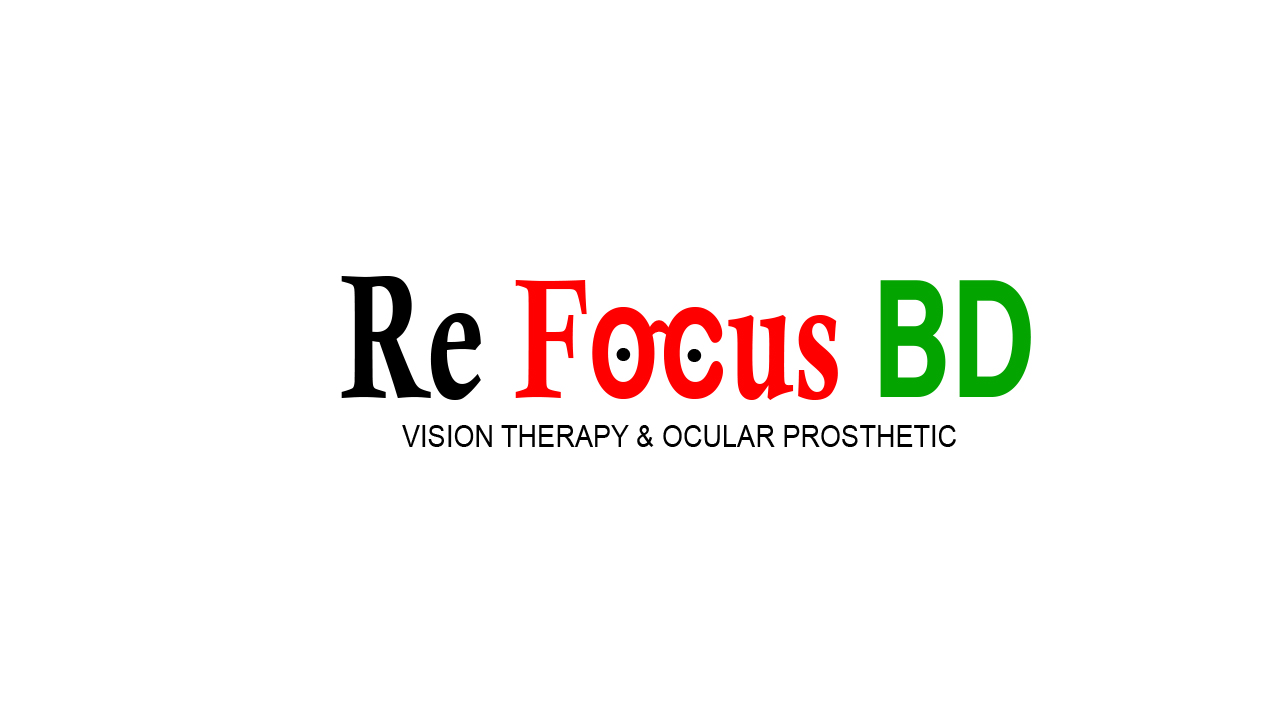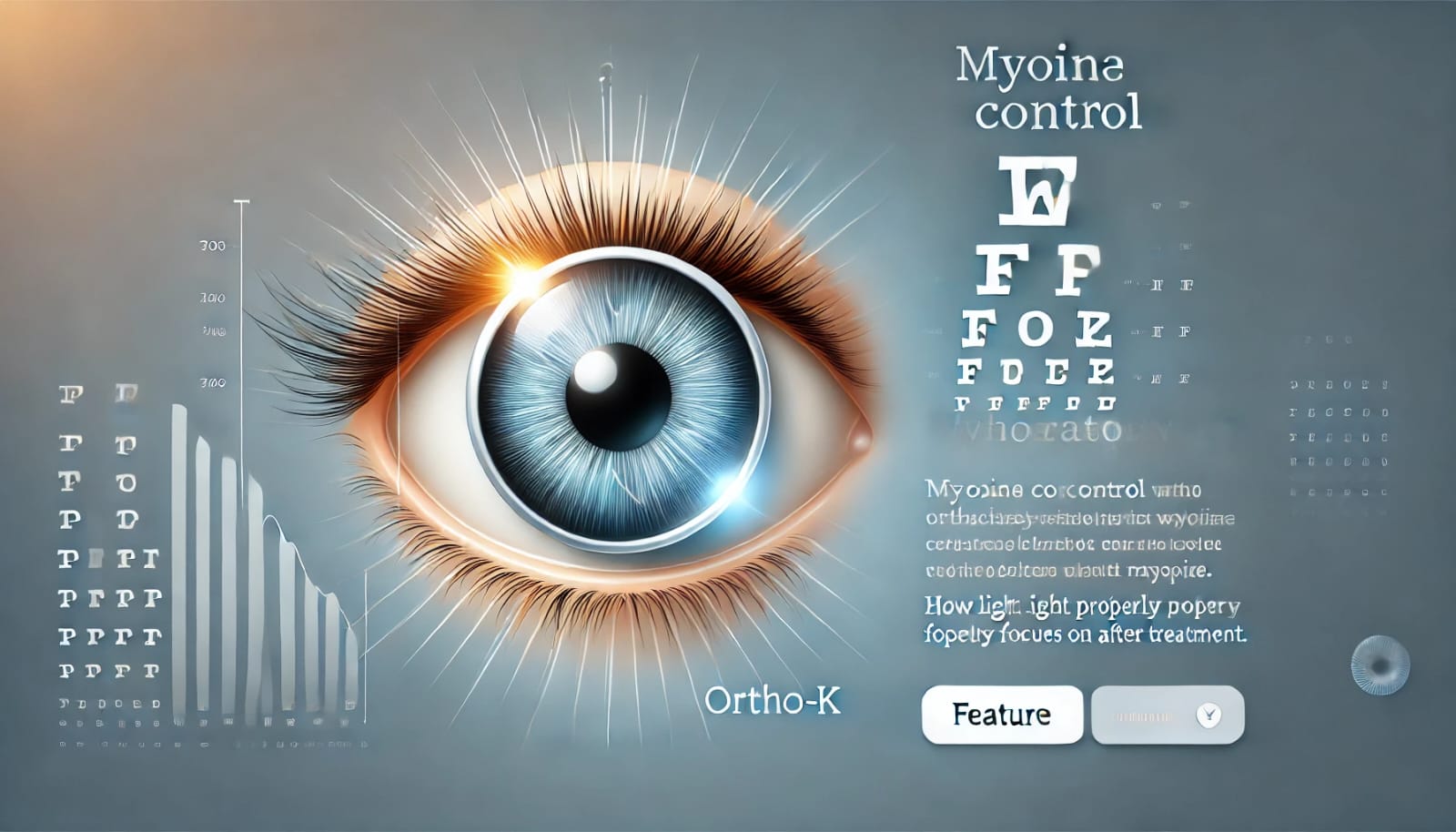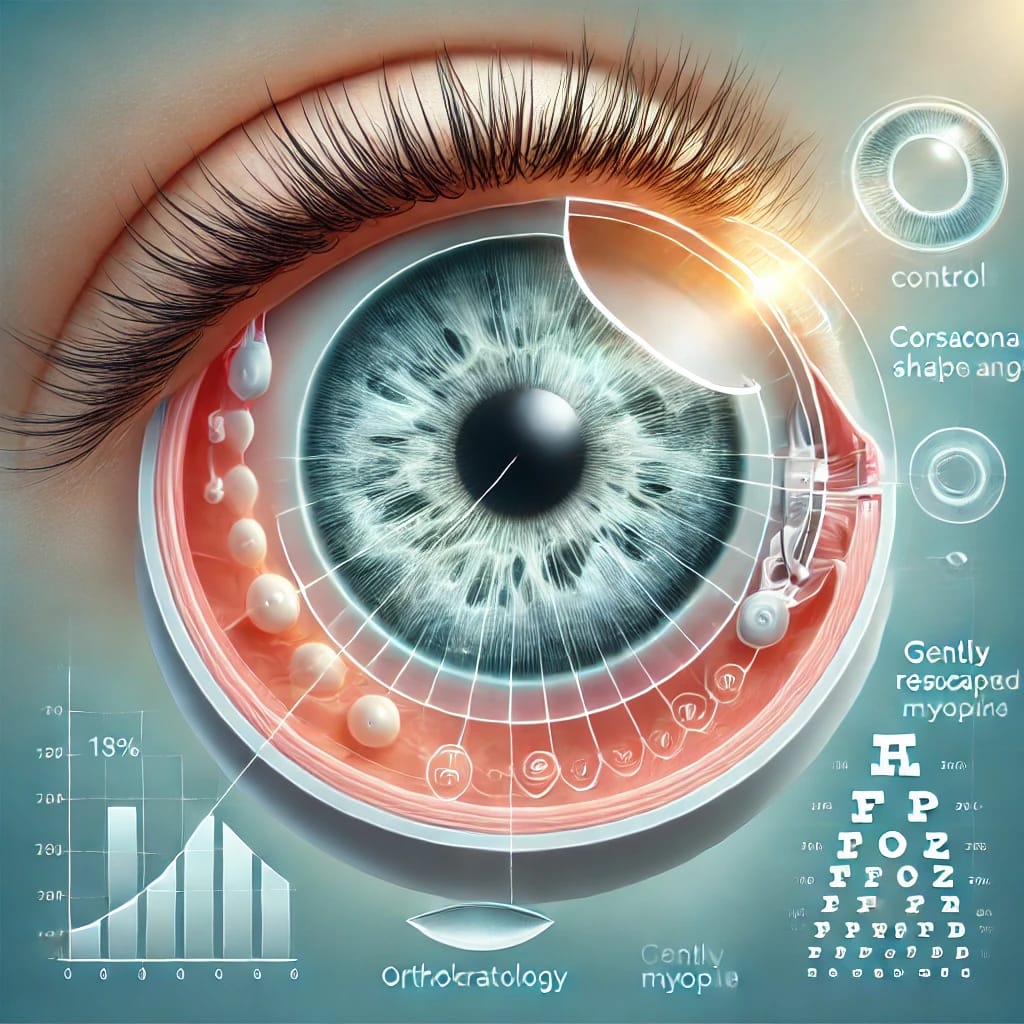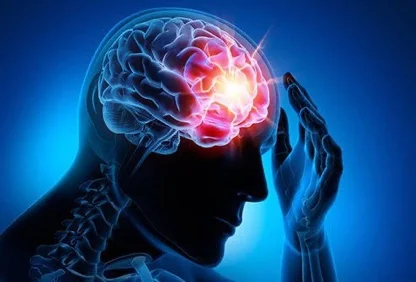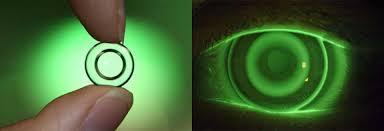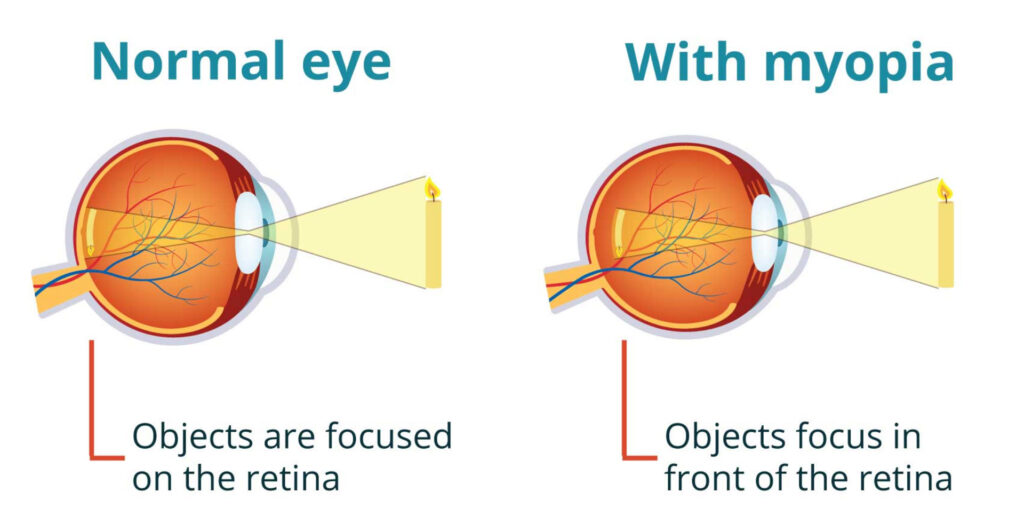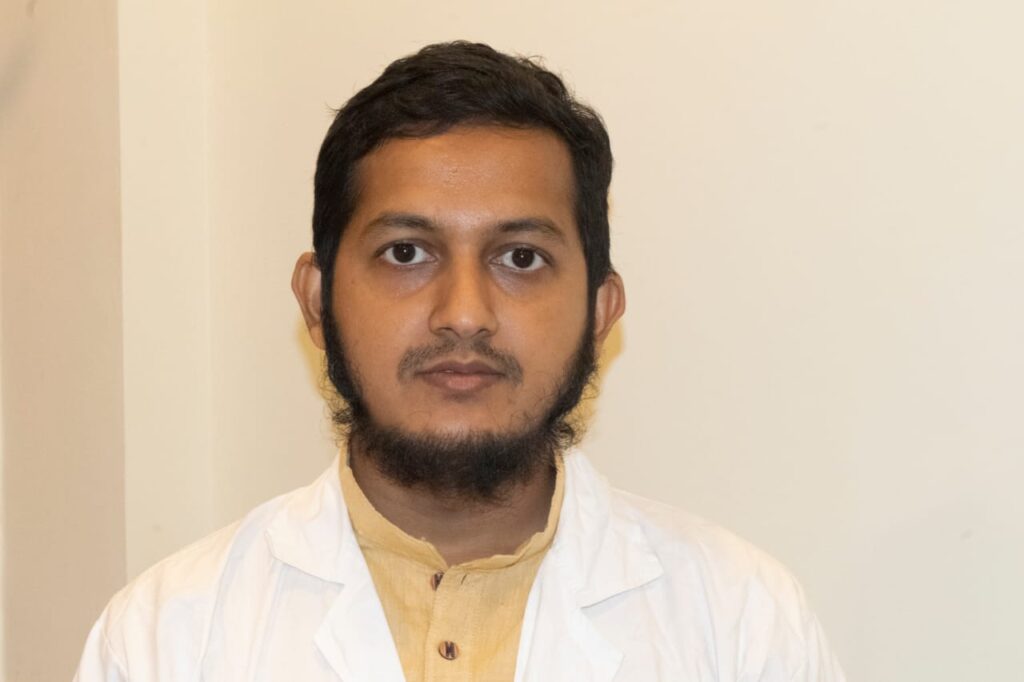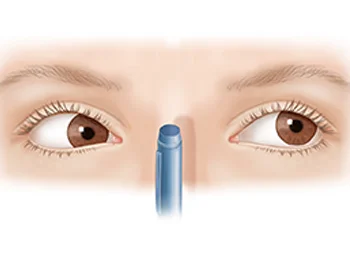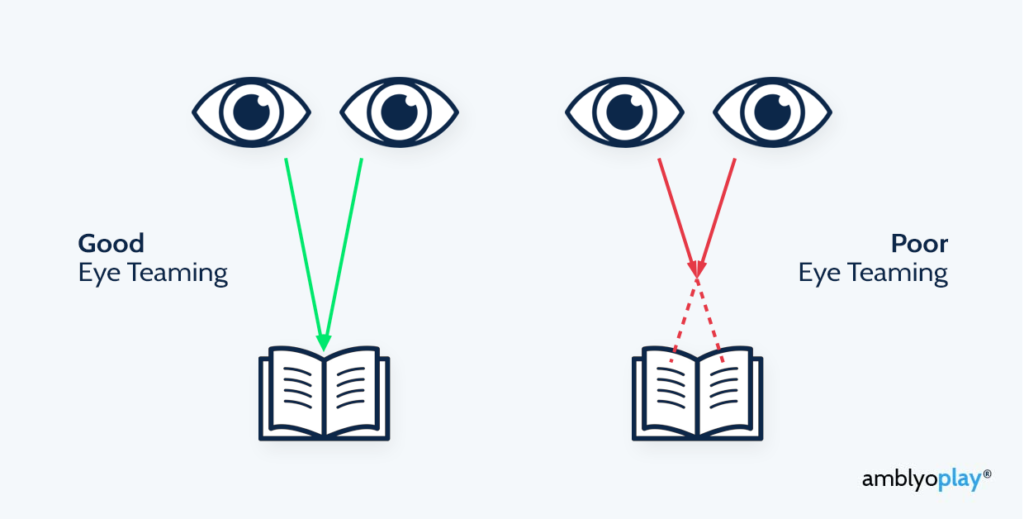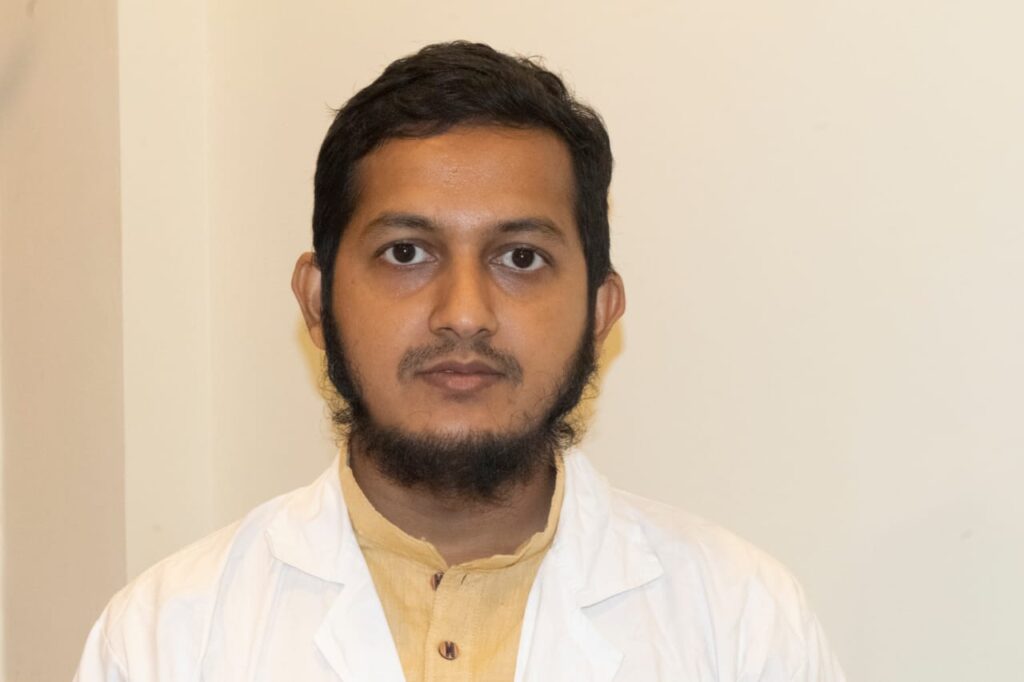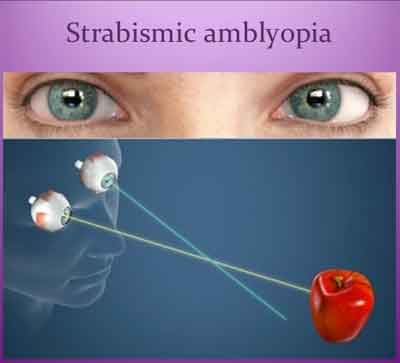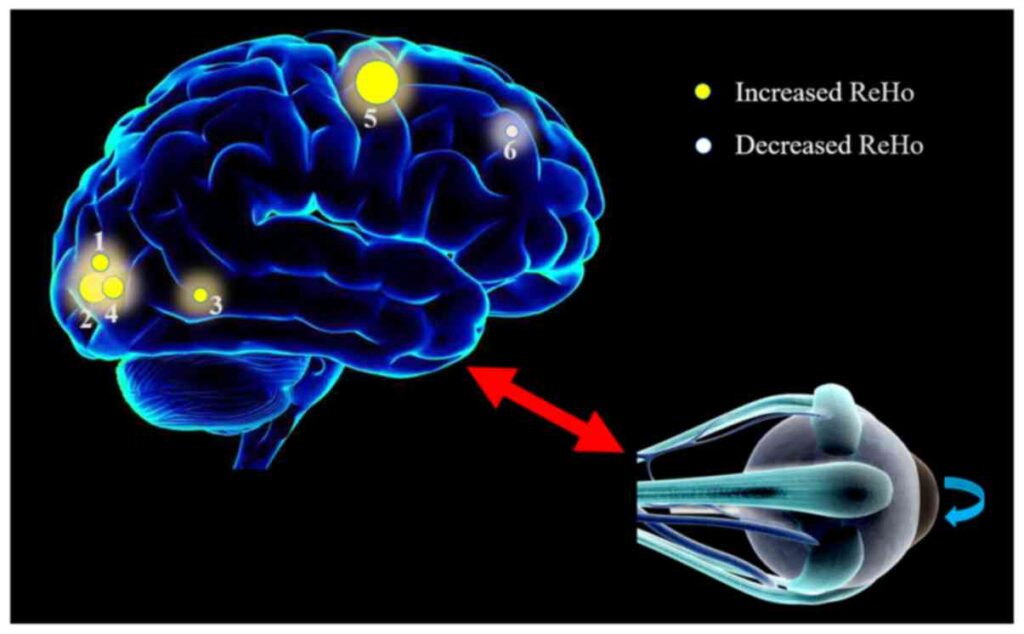About Behavioral Optometry ,Dr Rakib Hasan ,Vision Therapy In Bangladesh .
Behavioral optometry (also called developmental or functional optometry) focuses on how vision affects and interacts with other systems like posture, balance, coordination, and learning. It goes beyond just 20/20 eyesight and looks at how efficiently the brain processes visual information.
Key Principles of Behavioral Optometry
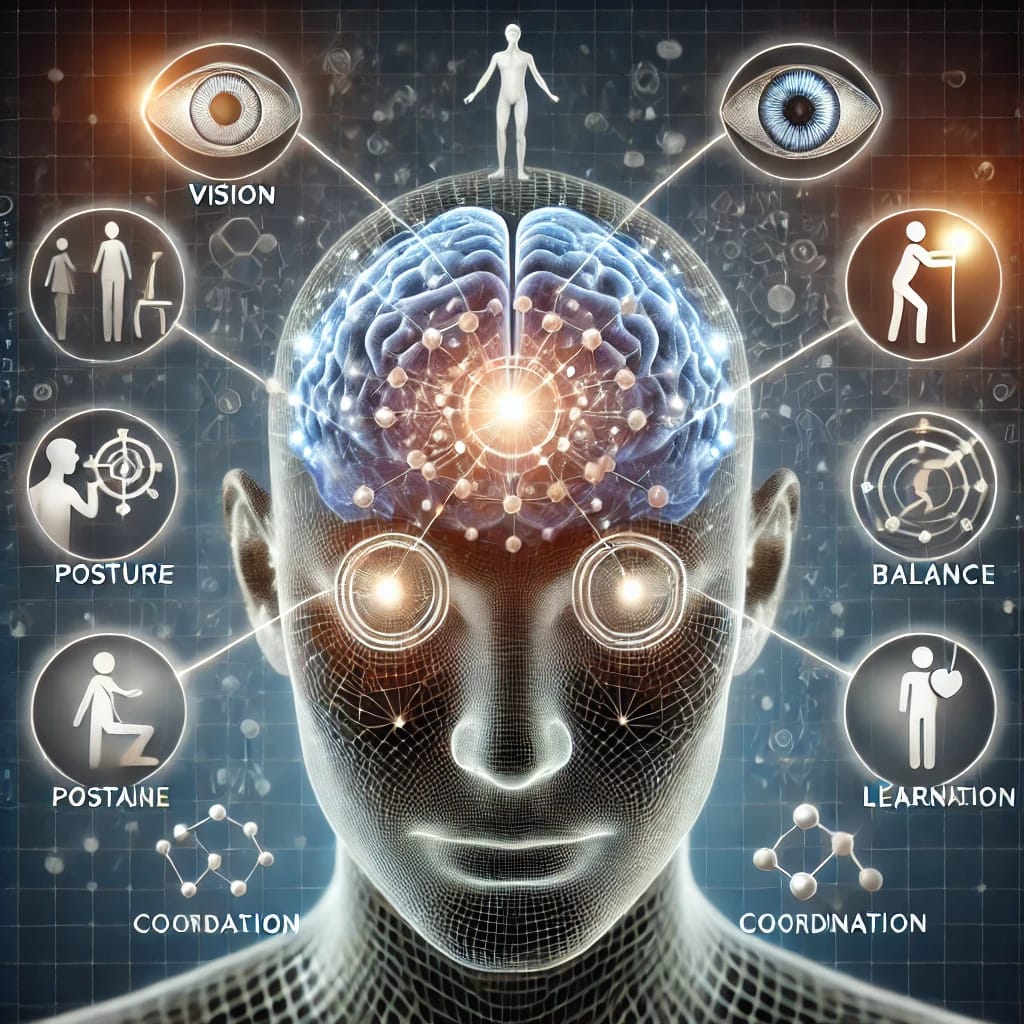
Visual Skills Over Clarity: Vision is more than seeing clearly; it includes tracking, focusing, depth perception, and eye teaming.
Visual Processing & Perception: How the brain interprets what the eyes see is crucial for learning, reading, and movement.
Vision & Posture/Balance: Poor visual function can lead to issues like headaches, poor coordination, and even behavioral problems.
Neuroplasticity & Vision Therapy: Vision can be trained and improved through exercises, lenses, and therapy techniques.
Common Applications
Children with Learning Difficulties: Vision therapy helps with reading, writing, and focus.
Post-Concussion & Brain Injury Rehabilitation: Helps restore visual function after trauma.
Sports Vision Training: Enhances reaction time, hand-eye coordination, and depth perception.
Strabismus & Amblyopia Management: Exercises and specialized lenses can improve binocular vision.
Dr Rakib Hasan

